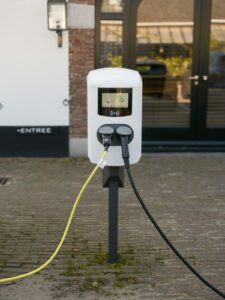
Home / EV Charging News / Accessibility: People with Disabilities May Face Challenges Using Electric Vehicle Charging Stations
As electric vehicles (EVs) become increasingly popular, the need for accessible charging stations is growing. However, people with disabilities may face challenges using these stations, leading to difficulties in accessing this critical infrastructure. In this article, we will explore the issues that people with disabilities may encounter when using EV charging stations and suggest possible solutions.
Challenges faced by people with disabilities when using EV charging stations:
While the solutions mentioned above can improve the accessibility of EV charging stations, there are additional considerations that need to be taken into account:
In conclusion, while EV charging stations have the potential to revolutionize the way we travel, it’s critical that we ensure that they are accessible for everyone. By addressing physical, visual, and technological barriers and considering the needs of people with diverse disabilities, we can make EV charging stations more inclusive and create a more accessible future. With the right approach, we can ensure that no one is left behind as we transition to a more sustainable transportation system.
$2,890.00 Original price was: $2,890.00.$2,790.00Current price is: $2,790.00.
$3,950.00 Original price was: $3,950.00.$3,450.00Current price is: $3,450.00.
$1,650.00 Original price was: $1,650.00.$1,590.00Current price is: $1,590.00.
$2,290.00 Original price was: $2,290.00.$2,150.00Current price is: $2,150.00.
$1,290.00 Original price was: $1,290.00.$799.00Current price is: $799.00.

Your Power Management Partner for Over 25 Years Future Generations Depend on Our Decisions Today ™
2024 © All rights reserved by CyberSwitching